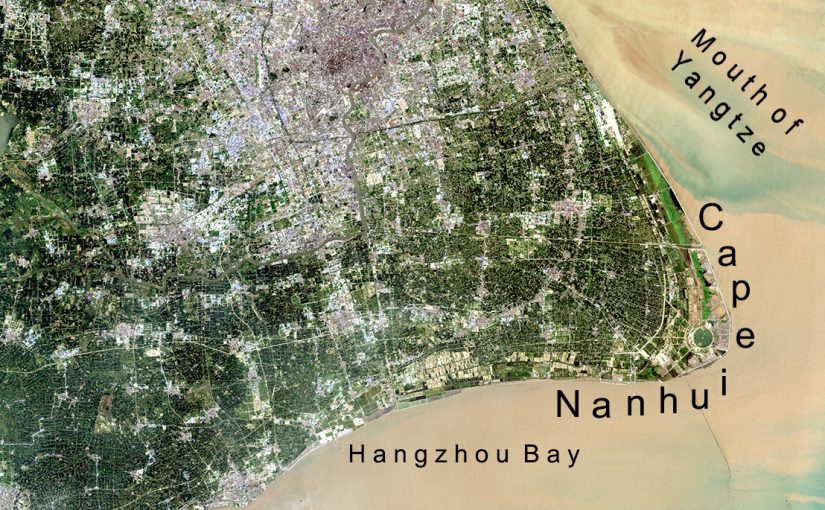by Craig Brelsford
Founder, shanghaibirding.com
The coastal areas at the southeastern tip of Shanghai are what local birders call “Cape Nanhui.” The site in Pudong, 85 km (53 mi.) from People’s Square, is the richest birding area in Shanghai and among the most famous birdwatching areas in China. The nubby promontory between the mouth of the Yangtze and Hangzhou Bay provides a powerful taste of coastal migration in East Asia.
Unremitting development has eaten up many of the reed beds, and land reclamation threatens to take even more of the mudflats. For the moment, though, good habitat remains. Among the endangered species finding refuge at Cape Nanhui are Black-faced Spoonbill, Nordmann’s Greenshank, Great Knot, Far Eastern Curlew, Spoon-billed Sandpiper, and Yellow-breasted Bunting. Despite the flattening and splitting of the reed beds, Nanhui resident Reed Parrotbill is holding on.
MICROFORESTS
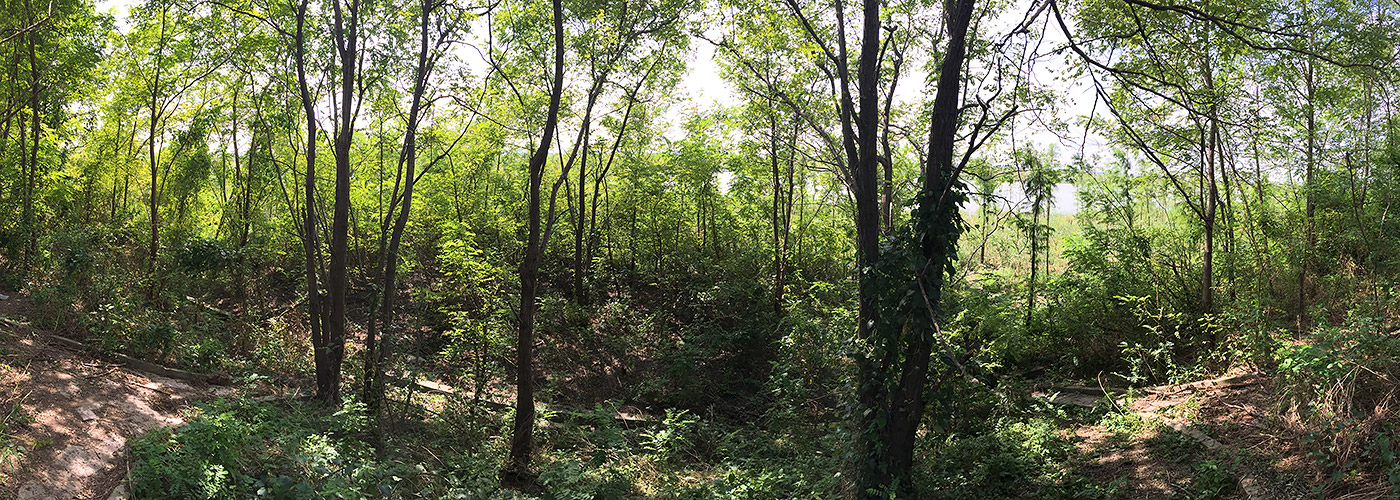
A major attraction is the eight microforests along the 10 km (6 mi.) stretch running north along the coastal road from the Magic Parking Lot (30.884992, 121.968317). During migration season, dozens of species of bird rely on these tiny woods.
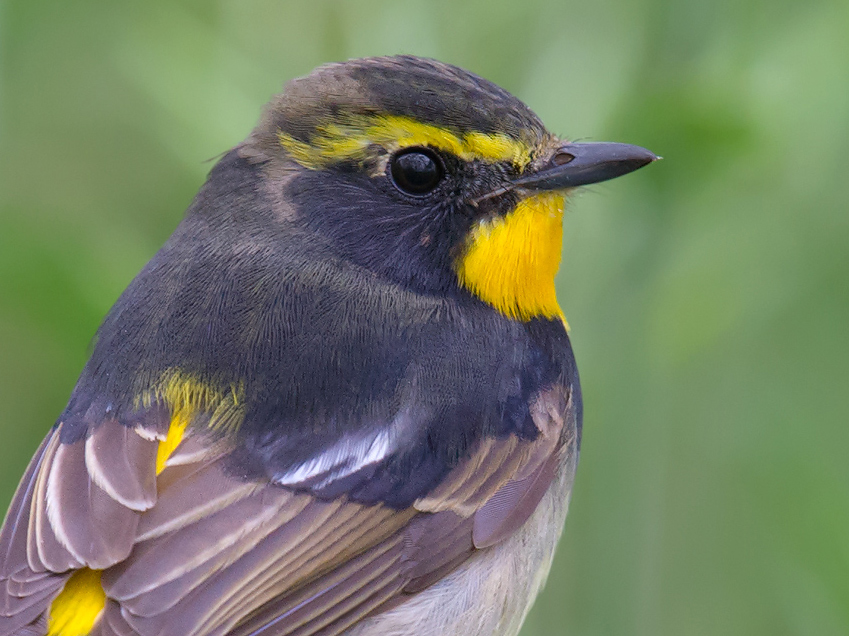
Passerines are the main visitors. In a single microforest in April and May or September and October, birders can enjoy East Asian specialties such as Japanese Paradise Flycatcher, Pale-legged Leaf Warbler, Sakhalin Leaf Warbler, Kamchatka Leaf Warbler, White’s Thrush, Siberian Thrush, Grey-backed Thrush, Siberian Rubythroat, Siberian Blue Robin, and Tristram’s Bunting. Notable non-passerines are Eurasian Woodcock, Oriental Scops Owl, and Grey Nightjar.
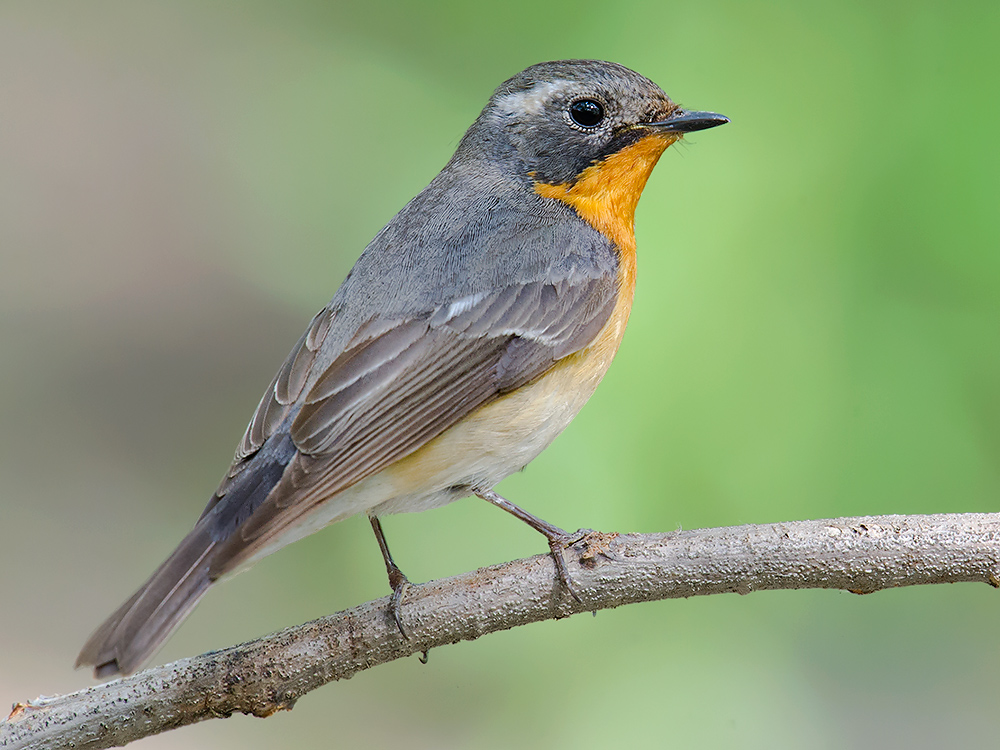
Of the many families represented in the microforests, Muscicapidae stands out. Among the species commonly appearing are Narcissus Flycatcher, Yellow-rumped Flycatcher, Mugimaki Flycatcher, Dark-sided Flycatcher, Asian Brown Flycatcher, Grey-streaked Flycatcher, Blue-and-white Flycatcher, Taiga Flycatcher, and White-throated Rock Thrush. Daurian Redstart and Red-flanked Bluetail arrive every September and October and spend the winter.
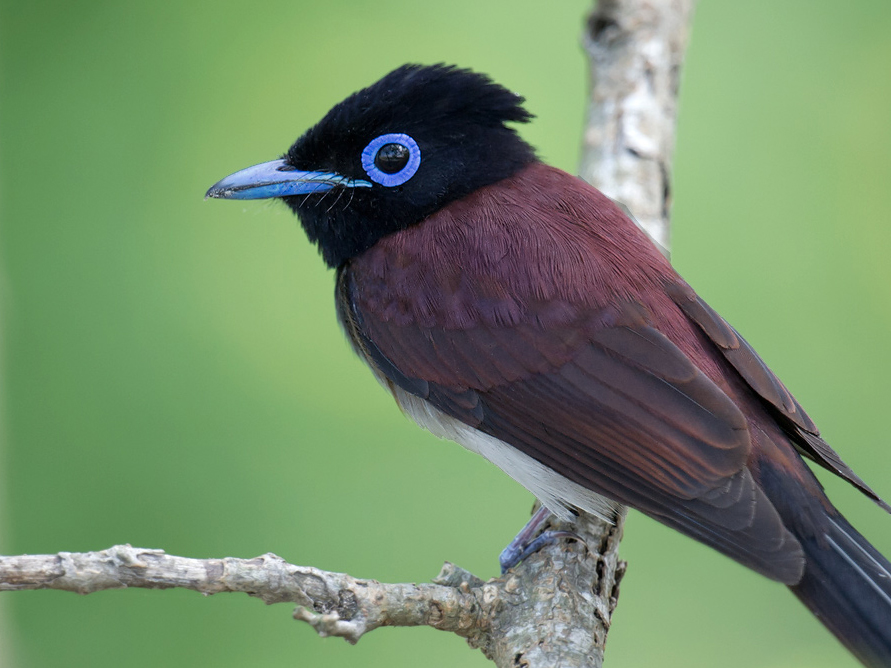
The Magic Parking Lot and Magic GPS Point (30.880563, 121.964551) function just like the microforests. During migration season, the Magic Parking Lot attracts throngs of photographers, most of whom are friendly and willing to share information.
PONDS & MUDDY AREAS
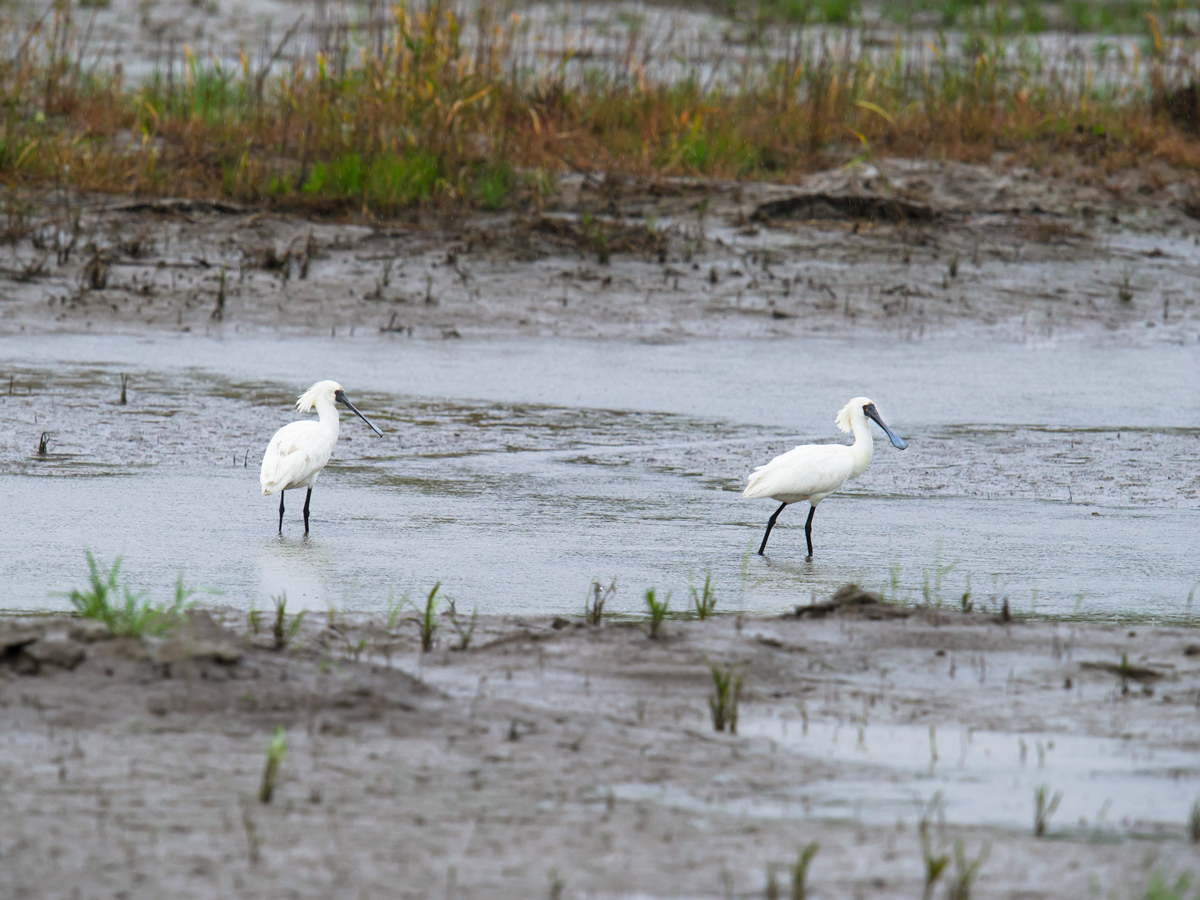
The ponds and muddy areas at Cape Nanhui offer a wide selection of birds. Oriental Pratincole breed in the area and at certain times of the year mass in the hundreds. During migration season, a birder’s Nanhui wader list may include Black-tailed Godwit, Red Knot, Broad-billed Sandpiper, Sharp-tailed Sandpiper, Curlew Sandpiper, and Long-toed Stint. Among the more numerous ducks are Eastern Spot-billed Duck and Eurasian Teal. Less numerous ducks include Eurasian Wigeon, Northern Shoveler, Northern Pintail, and Mallard. Lucky birders sometimes find Smew. Great Egret, Intermediate Egret, and Purple Heron all show up on Nanhui birders’ lists. Osprey fish in the ponds.
SCRUB & FIELDS
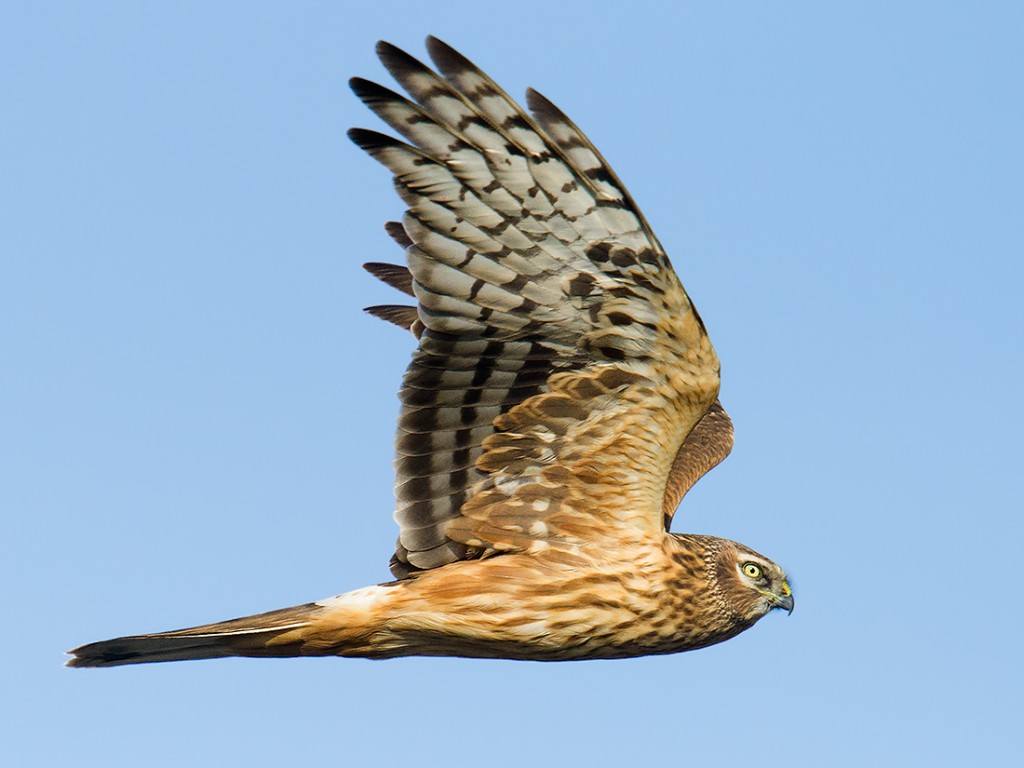
The scrub and fields of Nanhui offer a unique set of birds. At large, open areas one can see Japanese Quail, Eastern Marsh Harrier, Hen Harrier, migrating Eurasian Wryneck and Oriental Dollarbird, Peregrine Falcon, Richard’s Pipit, Buff-bellied Pipit, Red-throated Pipit, and Chestnut-eared Bunting. Birders can view three subspecies of White Wagtail (leucopsis, lugens, ocularis) and all three subspecies of Eastern Yellow Wagtail (tschutschensis, taivana, macronyx [rare]).
REED BEDS
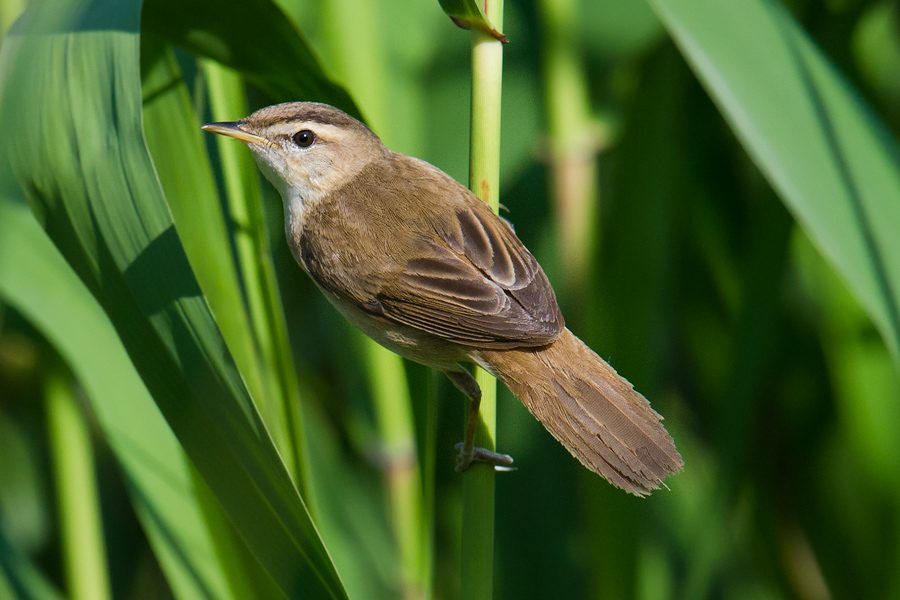
Take one of several roads leading into the reed beds. My favorite road is at 30.912908, 121.972735. There you can find booming Eurasian Bittern, Yellow Bittern, breeding Oriental Reed Warbler and the Common Cuckoo that parasitize their nests, Chinese Penduline Tit, Black-browed Reed Warbler, and if you are very lucky migrating Middendorf’s Grasshopper Warbler and Japanese Reed Bunting. Marsh Grassbird, Manchurian Bush Warbler, and Brown-flanked Bush Warbler sing in spring, and Pallas’s Reed Bunting spend the winter.
DISHUI LAKE
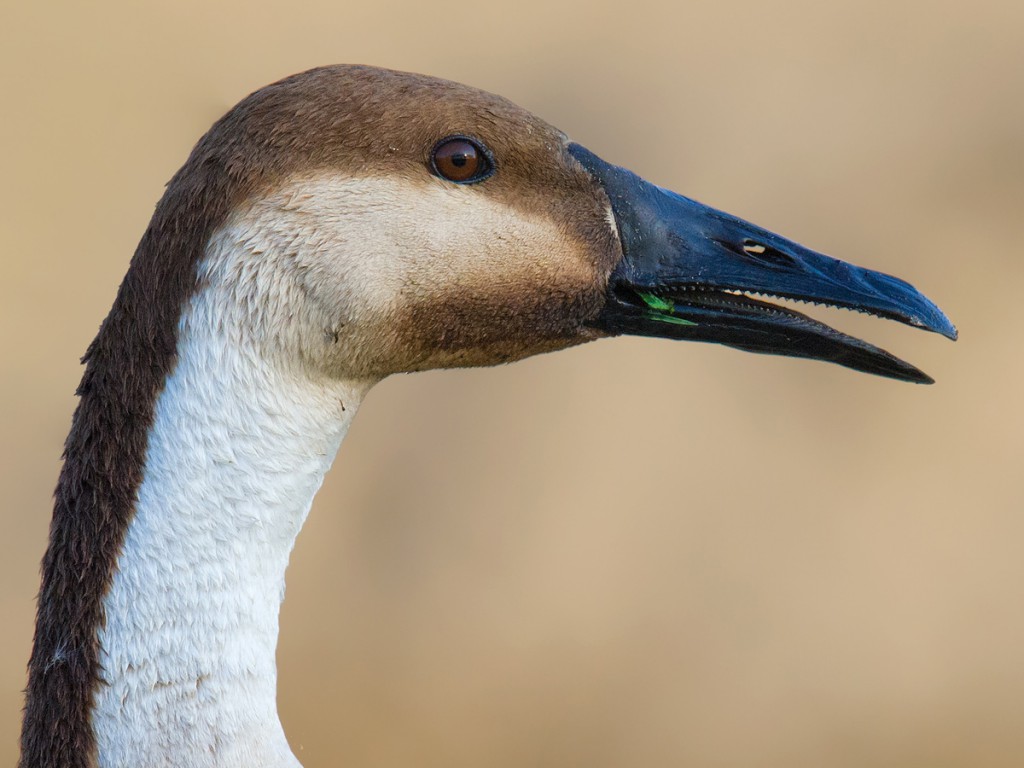
This circular pond is worth checking in winter. Falcated Duck gather here in their hundreds, Tufted Duck and Greater Scaup flock together, and among the many Little Grebe one can make out a few Black-necked Grebe. Swan Goose and Horned Grebe have been recorded here.
RARITIES
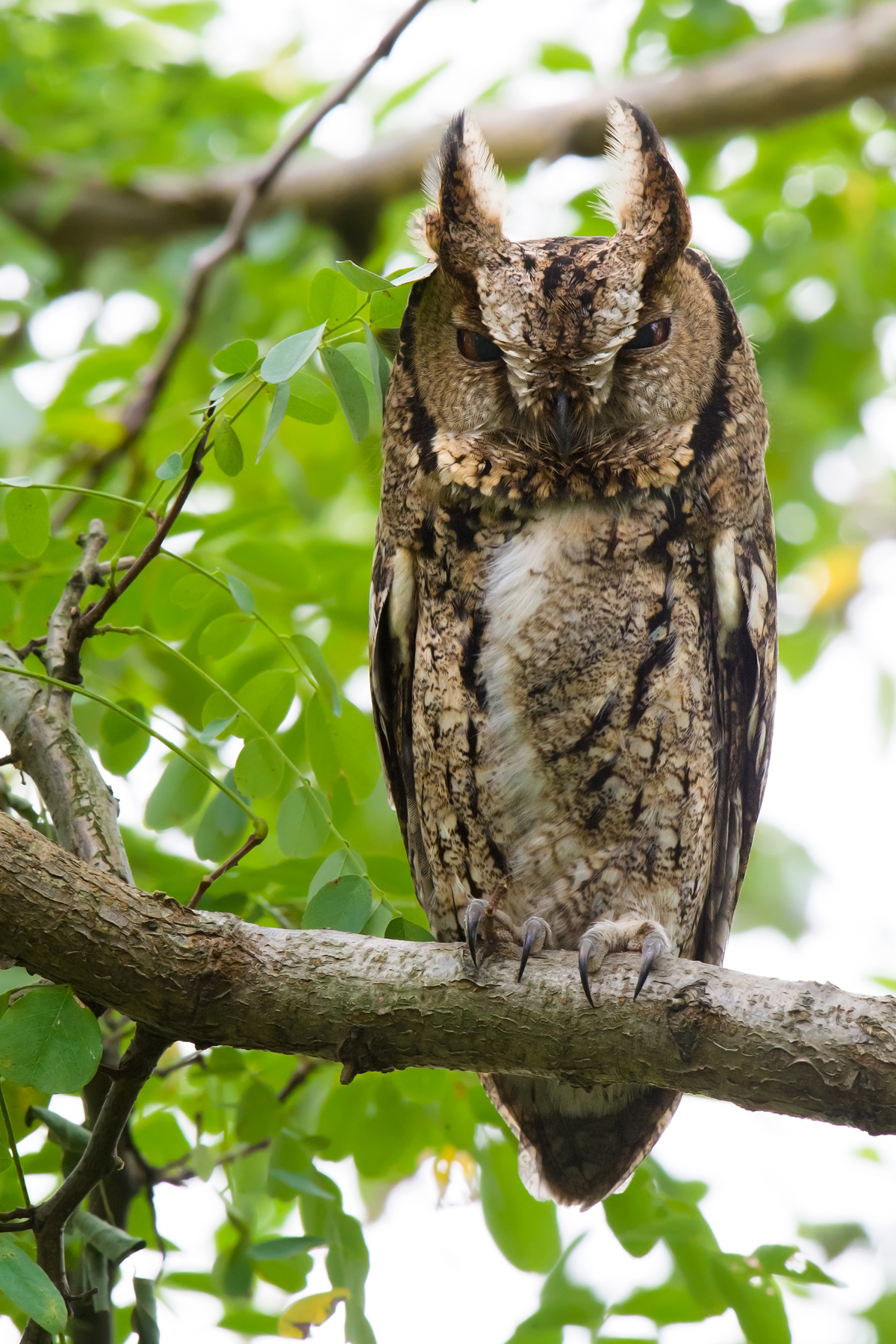
During migration season, birders regularly report unusual sightings at Cape Nanhui. A sample of uncommon or out-of-range birds found there includes Oriental Stork, Dalmatian Pelican, Chinese Egret, Swinhoe’s Rail, Red-crowned Crane, Siberian Crane, Hooded Crane, Oriental Plover, Long-billed Dowitcher, Asian Dowitcher, Japanese Scops Owl, Ruddy Kingfisher, Alström’s Warbler, Verditer Flycatcher, and Japanese Robin.
PRACTICALITIES
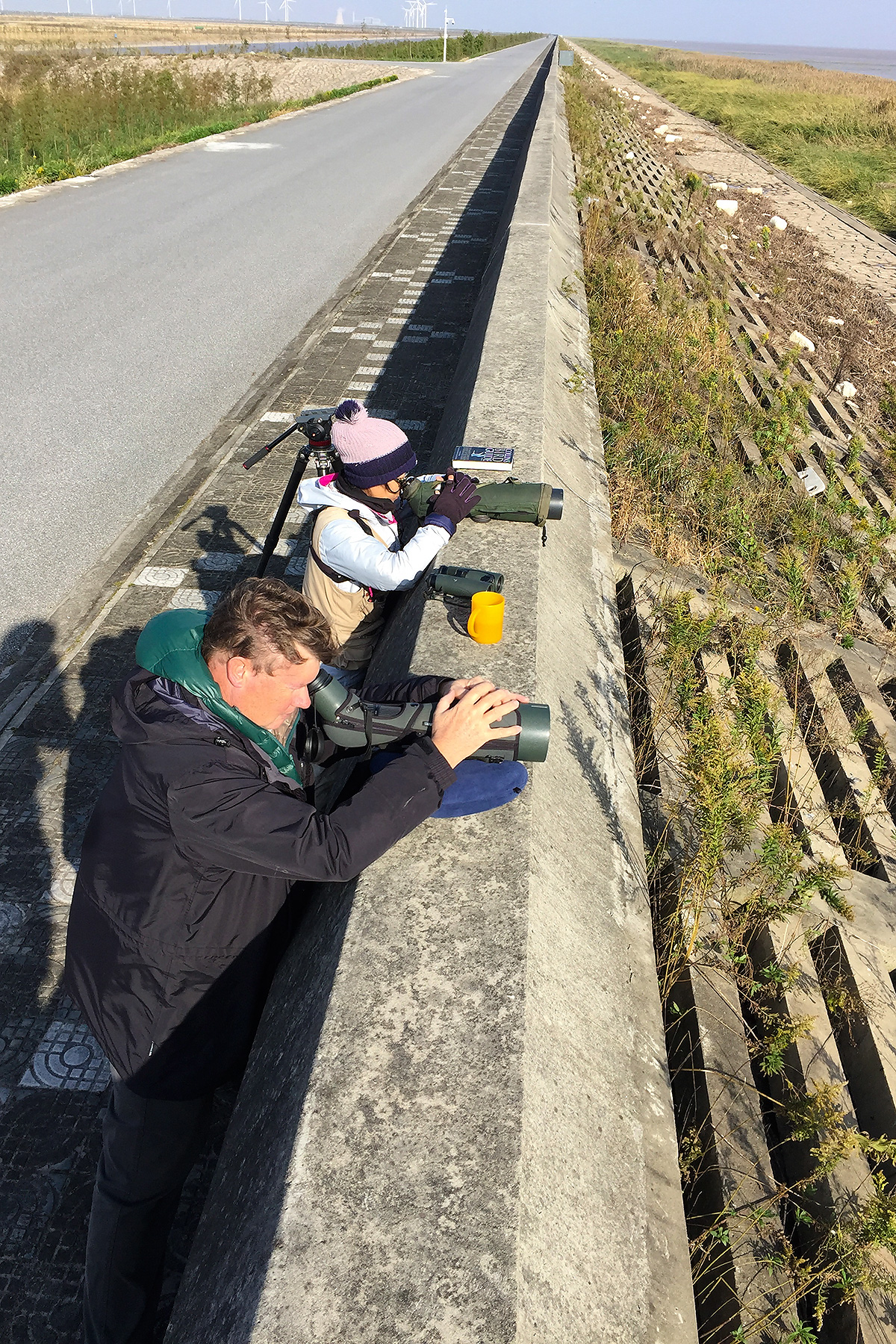
You can drive or take public transport to Cape Nanhui.
Driving: In Pudong, take the S2 south to the exit called Lianggang Dadao (两港大道). Set your navigation software to the Magic GPS Point and begin birding there.
Metro: Take Line 16 to the terminus at Dishui Lake (Dīshuǐ Hú [滴水湖]). Some birders take a taxi to the most distant microforests and from there walk nearly 10 km to the bus stop at the Holiday Inn near the Magic Parking Lot. From there, they take the bus back to Dishui Lake. It’s also possible to take the bus from the terminus to the Holiday Inn, but note that because the only bus stop in the area is at the Holiday Inn, a birder choosing this option would have to double back to the point of origin.
eBIRD
Cape Nanhui is one of the most important eBird hot spots in China. Click here to view the eBird page for Cape Nanhui.
Featured image: The nubby promontory between the mouth of the Yangtze River and Hangzhou Bay is what local birders call “Cape Nanhui.” The site in Pudong, 85 km (53 mi.) from People’s Square, is the richest birding site in Shanghai and among the best birdwatching areas in China. (NASA/Craig Brelsford)
Go to “Birding Sites Around Shanghai”

